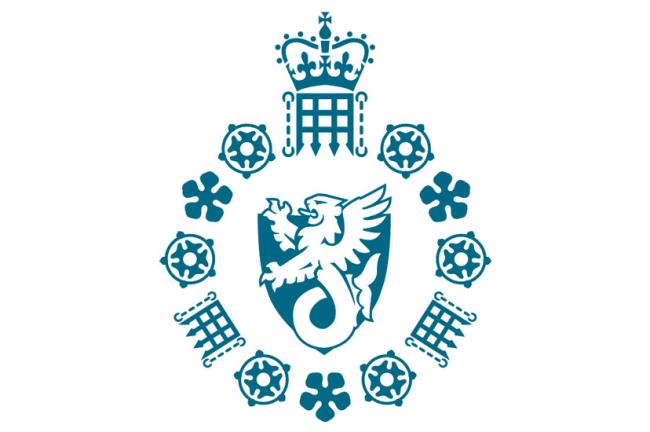
Terrorism threat levels
What are terrorism threat levels?
Terrorism threat levels indicate the likelihood of a terrorist attack in the UK. There are two published threat levels.
There are 5 categories at which the threat levels could be set:
- LOW - an attack is highly unlikely
- MODERATE - an attack is possible, but not likely
- SUBSTANTIAL - an attack is likely
- SEVERE - an attack is highly likely
- CRITICAL - an attack is highly likely in the near future
Members of the public should always remain alert to the danger of terrorism and report any suspicious activity to the police on 999 or the anti-terrorist hotline: 0800 789 321. If your information does not relate to an imminent threat, you can also contact MI5.
Current national threat level
The threat to the UK (England, Wales, Scotland and Northern Ireland) from all forms of terrorism is SUBSTANTIAL.*
Current Northern Ireland-related Terrorism in Northern Ireland threat level
The threat to Northern Ireland from Northern Ireland-related terrorism is SUBSTANTIAL.
*The national terrorism threat level covers all forms of terrorism aside from Northern Ireland-related terrorism in Northern Ireland.
Threat level change alerts
To receive threat level updates, subscribe to our threat level alert RSS feed.
How are threat levels decided?
The threat level for the UK from terrorism is set by the Joint Terrorism Analysis Centre (JTAC). MI5 is responsible for setting the threat level from Northern Ireland-Related Terrorism in Northern Ireland.
Both are kept under regular review.
In reaching an assessment on the appropriate threat level, several factors are considered.
These include:
- Available intelligence. This will often involve making judgements about the threat based on a range of information, which is often fragmentary, including the level and nature of current terrorist activity, comparison with events in other countries and previous attacks. Intelligence is only ever likely to reveal part of the picture.
- Terrorist capability. An examination of what is known about what a terrorist could do based on previous attacks or from intelligence.
- Terrorist intentions. Using intelligence and publicly available information to examine the overall aims of the terrorists and the ways they may achieve them including what sort of targets they would consider attacking.
- Timescale. The threat level expresses the likelihood of an attack in the near term. We know from past incidents that some attacks take years to plan, while others are put together more quickly. In the absence of specific intelligence, a judgement will need to be made about how close an attack might be to fruition.
What does this mean for you?
Vigilance is vital regardless of the current national threat level. Sharing national threat levels with the general public keeps everyone informed. It explains the context for the various security measures (for example airport security or bag searches) which we may encounter.
Changes to threat levels in themselves do not necessarily require specific responses from the public. They are a tool for security practitioners and the police to use in determining what protective security response may be required.
If you have information about possible terrorist activity, you can call the Anti-Terrorist Hotline confidentially on 0800 789 321.
For warnings about urgent threats (for example, a possible bomb threat) please call 999.
For more advice on what to look out for, take a look at this page.
Are there threat levels for other countries?
Advice about foreign travel, including the threat from terrorism in other countries, is published on the FCDO website.

Countering terrorism
MI5 is responsible for investigating all forms of terrorist threat to the UK. Our role is to identify, investigate and work with partners to disrupt all forms of terrorist threat in the UK and against UK interests overseas.
Threat level history
Since 2006, information about the national threat level, set by JTAC has been published.
MI5 took responsibility for national security work in Northern Ireland in 2007 and is responsible for setting the threat level for Northern Ireland-Related Terrorism. In September 2010 the threat level for Northern Ireland-related terrorism began to be published.
In July 2019 changes were made to the terrorism threat level system, to reflect the threat posed by all forms of terrorism, irrespective of ideology.
National Threat Level
| Date | Threat Level |
|---|---|
| 9 February 2022 | SUBSTANTIAL |
| 15 November 2021 | SEVERE |
| 4 February 2021 | SUBSTANTIAL |
| 3 November 2020 | SEVERE |
| 4 November 2019 | SUBSTANTIAL |
| 23 July 2019 | SEVERE |
Northern Irish Related Terrorism in Northern Ireland Threat Level
| Date | Threat Level |
|---|---|
| 6 March 2024 | SUBSTANTIAL |
| 28 March 2023 | SEVERE |
| 22 March 2022 | SUBSTANTIAL |
| 23 July 2019 | SEVERE |
Threat levels prior to July 2019
| Date | Threat from international terrorism | Threat from Northern Ireland-related terrorism | |
|---|---|---|---|
| in Northern Ireland | in Great Britain | ||
| 1 March 2018 | SEVERE | SEVERE | MODERATE |
| 17 September 2017 | SEVERE | SEVERE | SUBSTANTIAL |
| 15 September 2017 | CRITICAL | SEVERE | SUBSTANTIAL |
| 27 May 2017 | SEVERE | SEVERE | SUBSTANTIAL |
| 23 May 2017 | CRITICAL | SEVERE | SUBSTANTIAL |
| 11 May 2016 | SEVERE | SEVERE | SUBSTANTIAL |
| 29 August 2014 | SEVERE | SEVERE | MODERATE |
| 24 October 2012 | SUBSTANTIAL | SEVERE | MODERATE |
| 11 July 2011 | SUBSTANTIAL | SEVERE | SUBSTANTIAL |
| 24 September 2010 | SEVERE | SEVERE (first published) |
SUBSTANTIAL (first published) |
| 22 January 2010 | SEVERE | ||
| 20 July 2009 | SUBSTANTIAL | ||
| 4 July 2007 | SEVERE | ||
| 30 June 2007 | CRITICAL | ||
| 13 August 2006 | SEVERE | ||
| 10 August 2006 | CRITICAL | ||
| 1 August 2006 | SEVERE (first published) |
||

